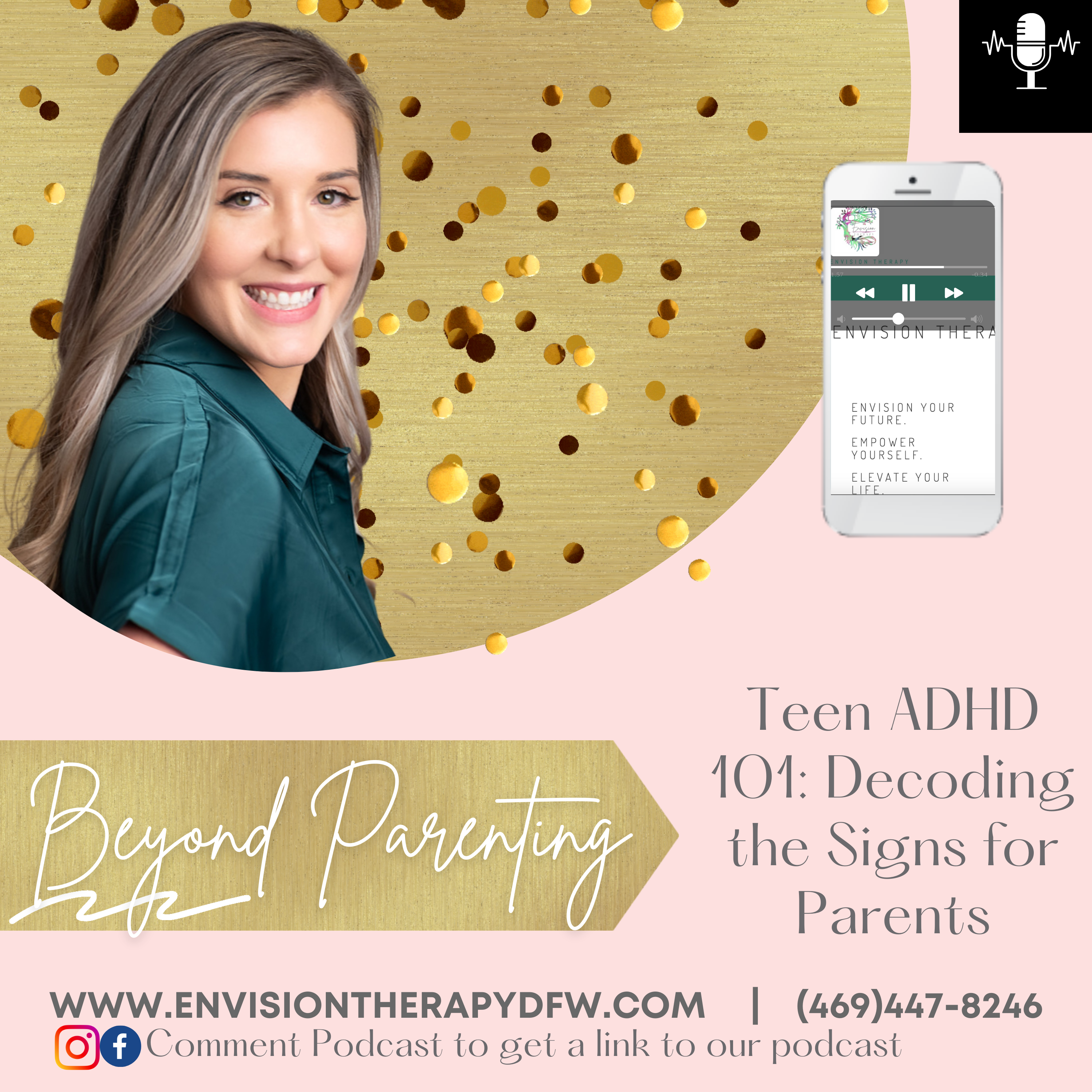Hey parents! Let’s embark on a journey through the world of ADHD in teenagers – a whirlwind of energy, creativity, and unique challenges. This article is more than a conversation about spotting symptoms; it’s a guide to providing the right support for your teens to not just cope but truly thrive.
As parents of teenagers with ADHD, comprehending how challenges manifest in different areas of their lives is crucial for effective support. Let’s explore how common ADHD symptoms show up in academics, at home, and in relationships with peers. Grab a cup of coffee, get comfy, and let’s delve into an in-depth conversation about ADHD in adolescents, with a special emphasis on unraveling the differences between boys and girls.
1. Inattention: Zoning Out and Daydreaming
Have you caught your teen lost in thought? ADHD often shows up as inattention – difficulty focusing, organizing tasks, or completing assignments. Both boys and girls may drift off, but girls might be like stealth mode, internalizing it.
Academics: Difficulty staying focused during lectures, trouble organizing assignments, and challenges completing tasks. Teens may struggle with time management, affecting academic performance.
Home Life: Forgetfulness about chores, difficulty following through on household responsibilities, and a tendency to lose personal items regularly.
Peer Relationships: Difficulty listening during conversations, missing social cues, and struggling to engage in group activities.
2. Hyperactivity and Spontaneity:
Boys, we know you’ve got energy for days – that classic hyperactivity. But guess what? Girls can be spontaneous chatterboxes or risk-takers too! Boys may show it on the outside, while girls keep it cool on the inside. It’s like they’ve got their own unique superpowers.
Academics: Hyperactivity may make it challenging for teens to sit still and concentrate during class. Impulsivity can lead to rushing through assignments without fully understanding the instructions.
Home Life: Restlessness, fidgeting, and difficulty with quiet activities. Impulsivity can contribute to impulsive decision-making and risky behaviors.
Peer Relationships: Hyperactivity might affect collaborative activities, making it challenging to work with peers on group projects. Impulsivity can lead to impulsive remarks or actions, potentially affecting friendships.
3. The Homework Hustle:
Ah, the struggle with homework – a familiar scene, right? Both boys and girls may find it challenging to stay organized and manage time. Girls, especially, might be pros at hiding the chaos under a perfectionism cape. Sneaky, right?
Academics: Struggles with organization, time management, and maintaining focus during studying. Teens may face difficulties completing assignments and meeting deadlines.
Home Life: Challenges in maintaining an organized living space and managing time effectively for chores and responsibilities.
Peer Relationships: Academic challenges can influence peer relationships, especially in group projects where organizational skills and time management are crucial.
4. Emotional Rollercoaster:
Teenage emotions are a wild ride, and for those with ADHD, it’s like an extra loop. Boys may ride the external express, with outbursts and all, while girls might keep it low-key inside, battling anxiety or sadness. It’s a lot to handle, but you’ve got this!
5. Friendships on Shuffle:
ADHD can be the DJ of your teen’s social scene. Boys may struggle with sharing or taking turns, while girls might be like social ninjas, handling inner battles. Spotting these social dance moves can guide you in creating an understanding and supportive space.
Differences in Boys vs. Girls
Let’s talk specifics for a sec. Boys might flaunt their hyperactivity and impulsivity, wearing it on their sleeves. Girls, on the other hand, might pull a superhero move, internalizing their struggles and using perfectionism as a shield.
Boys:
- Hyperactivity Alert: Restlessness, fidgeting – the classic signs.
- Impulsive MVPs: Acting first, thinking later – they’ve got the crown.
- Homework Hurdles: Disorganization and task troubles are their sidekicks.
- Emotional Fireworks: Outbursts and explosive reactions are on the menu.
- Social Showdowns: Cooperative play? Taking turns? It’s a challenge.
Girls:
- Inside the Shell: They mask ADHD with their coping wizardry.
- Perfectionism Charm: Striving for perfection to hide their superhero struggles.
- Emotional Tango: Juggling emotions inside – anxiety and blues might join.
- Social Stealth Mode: Friendships can be tricky due to internal battles.
- Academic Acrobatics: They ace the art of appearing focused and organized.
Wrapping it up, parents – understanding ADHD symptoms in teens is like learning the lyrics to their favorite song. It’s a bit tricky, but once you’re tuned in, you can support them better. Cheers to navigating the teen ADHD journey with humor, heart, and a whole lot of understanding!
Ready to take the next step? If you’re seeking personalized guidance for your teen with ADHD, consider working with Elizabeth, our expert ADHD therapist. Click [here] to learn more and start your journey towards a thriving future!

